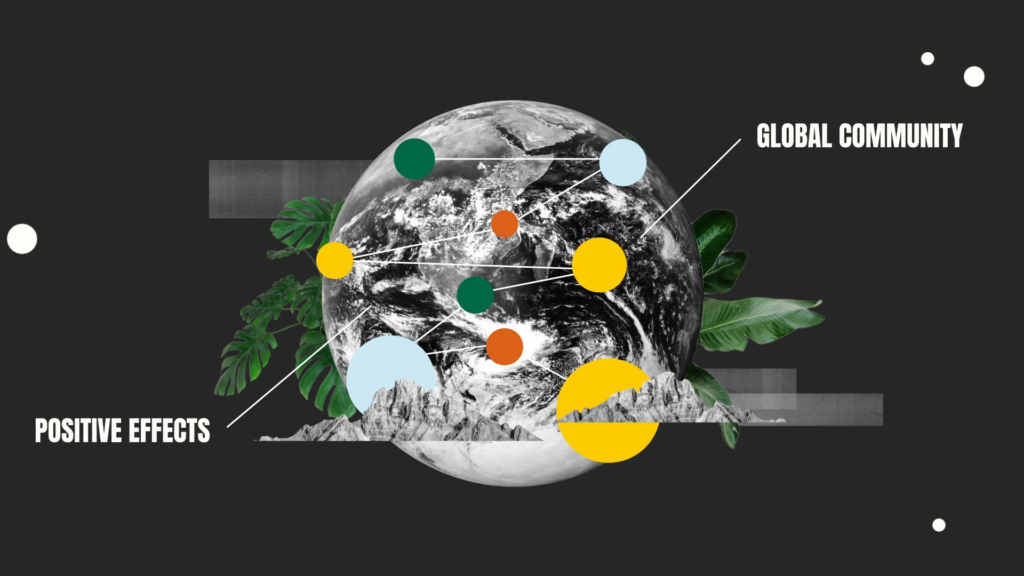Ecosystem Design and the ecosystem roles you need to know for effective maps

We talk about stakeholder communities a lot at Consciously. One of our basic premises is this: If you want to market successfully to communities and connect authentically with audiences, you have to care about more than just customers. If you want to be inclusive, you have to stop thinking in terms of segmented, single-person personas, and start thinking in terms of audience personas™.
A key part of The Consciously Method™ involves mapping the ecosystem to find aligned communities, and then defining your company’s role within each community. But identifying the role(s) a company should play in a community, as well as the roles others play, is tricky. This post is your guide to more than a dozen crucial roles.
Before we dive in, remember: Thinking in terms of communities requires a mental shift away from old brand-to-customer marketing paradigms and traditional ways of controlling brand messages. Caring about communities requires ceding some control and accepting that companies exist within broader stakeholder ecosystems that support their existence. (More on that here.)
Got it? Then let’s go.
18 Critical Community Roles
Strong communities are not built from the top down. As Harvard Business Review (HBR) has noted, they are not built by opinion leaders. Yes, influencers can play an important role and drive buzz marketing campaigns. But robust, longer-lasting communities enable a variety of meaningful roles to be played.
Here are 18 roles identified by HBR that are critical to a community’s functioning, preservation and evolution. Think of this list as an anatomy of a community.
- Mentor: Teaches others and shares expertise
- Learner: Enjoys learning and seeks self-improvement
- Back-Up: Acts as a safety net for others when they try new things
- Partner: Encourages, shares and motivates
- Storyteller: Spreads the community’s story throughout the group
- Historian: Preserves community memory; codifies rituals and rites
- Hero: Acts as a role model within the community
- Celebrity: Serves as a figurehead or icon of what the community represents
- Decision maker: Makes choices affecting the community’s structure and function
- Provider: Hosts and takes care of other members
- Greeter: Welcomes new members into the community
- Guide: Helps new members navigate the culture
- Catalyst: Introduces members to new people and ideas
- Performer: Takes the spotlight
- Supporter: Participates passively as an audience for others
- Ambassador: Promotes the community to outsiders
- Accountant: Keeps track of people’s participation
- Talent scout: Recruits new members
At Consciously, we believe every company should find primary, secondary and tertiary roles to play within each community served, and then double down on delivering value through those roles.
Identifying roles isn’t about just choosing which sound nice—it involves understanding which roles the company and its stakeholders are best positioned to play. If you’re serious about marketing authentically to communities, you should be paying attention to what your company’s values and story is, and how those things map to what a particular community needs. Be mindful of what roles are a natural fit for your company to play, lest your entire community engagement strategy comes off as inauthentic.
And remember: An influencer-focused marketing strategy is not a real community engagement strategy. There are many types of roles people play in communities. The same should be true of companies seeking to meaningfully market within them.
